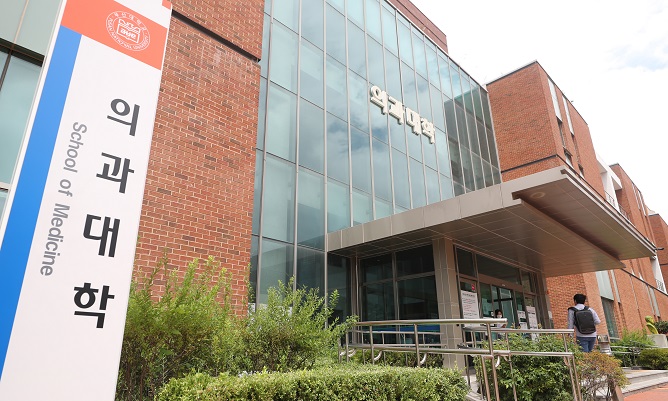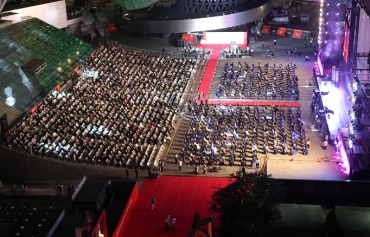SEOUL, Feb. 28 (Korea Bizwire) — The rising popularity of medical schools is leading to concern that they are becoming ‘black holes’ for depriving other fields of outstanding workers.
Since 2006, only 3,058 students have been accepted into South Korean medical schools every year. The competition among top-tier students to enter medical school, therefore, has always been fierce.
However, the recently integrated College Scholastic Ability Test (CSAT) has expanded the belief that applying to colleges in the field of natural sciences raises the chance of going to more prestigious schools.
Coupled with severe unemployment, the popularity of attending medical school continues to rise more than ever.
Officials from the private education sector said that rolling admissions for the year 2023 showed not a single student choosing to transfer out of the 12 medical schools in the greater Seoul area.
Regular admissions showed that the number of students choosing not to enroll in medical school at the country’s three most prestigious universities — Seoul National University, Korea University and Yonsei University — dropped from 94 last year to 63 this year.
College departments specializing in the semiconductor industry, many of which ensure job recruitment by large conglomerates, are also being overshadowed by the popularity of medical school.
Preference towards attending medical school is rising largely due to the strong perception that doctors work in the best environment, along with a stable income.
A doctor makes an average of 230.7 million won (US$174,170) per year as of 2020, according to the Ministry of Health and Welfare.
In contrast, the average employee at Samsung Electronics Co. makes 140 million won per year. A new recruit at Samsung or SK hynix Inc. earns around 50 million won per year.
Ashley Song (ashley@koreabizwire.com)







